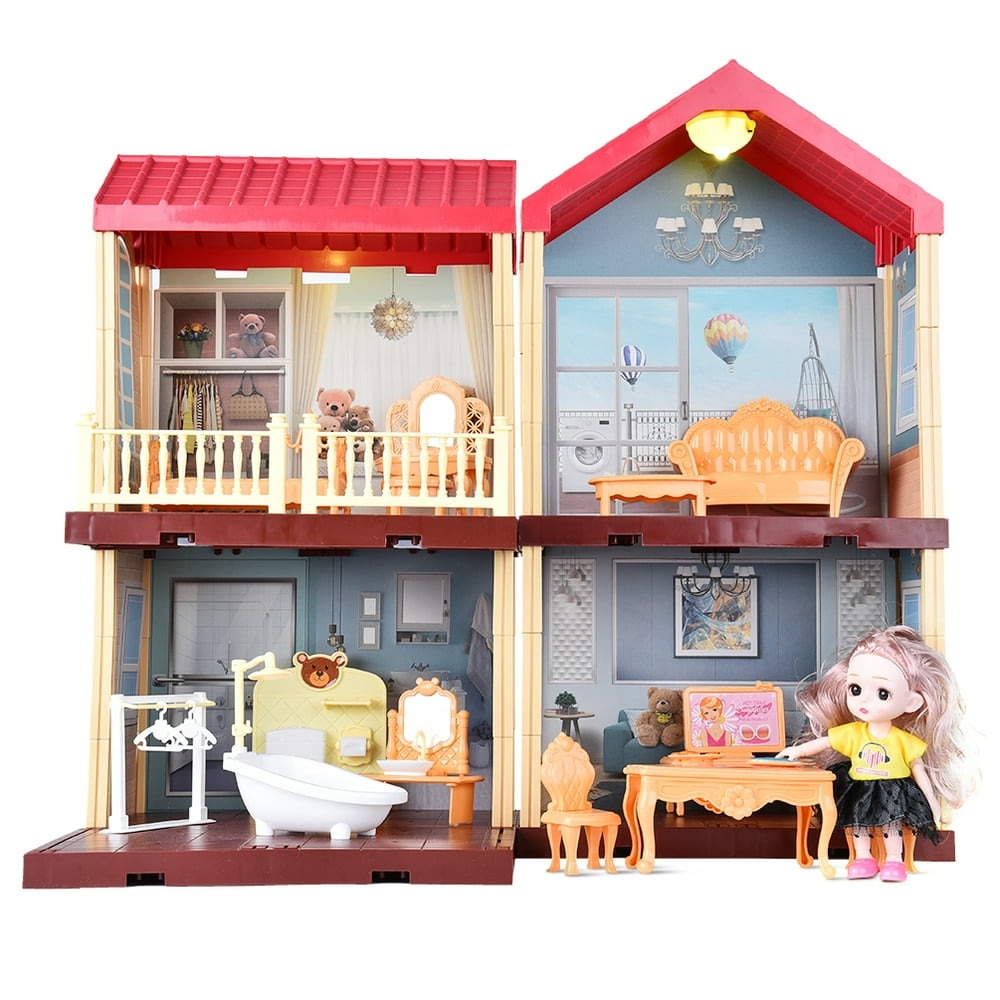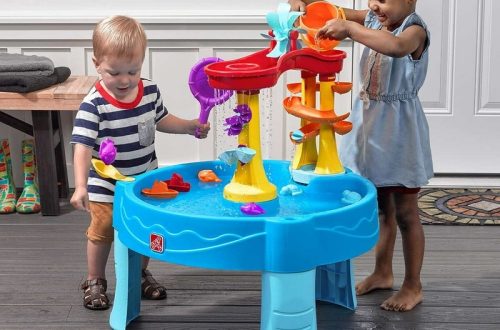Evolution of Toy Doll House Designs
Toy doll house have transformed remarkably over the years. From simple wooden structures to intricate mini-mansions, these playtime staples continue to capture the imaginations of children worldwide. Modern designs reflect changing trends in architecture and interior design, mirroring real-life homes. Let’s look at the notable changes that have shaped today’s toy doll houses.
From Basic to Intricate
Early doll houses were basic, focusing on exterior detail. As time passed, interiors became just as important. Rooms filled with detailed furniture and decor appeared.
Material Revolution
Wood was king for centuries in doll house construction. Recently, manufacturers have explored other materials. Plastic and recycled composite options have entered the market, offering durability and variety.
Size and Scale Innovations
Scale has evolved, too. Miniature versions maintain traditional proportions, while larger, life-like models provide a more immersive experience for interactive play.
Cultural and Historical Reflections
Designs also reflect cultural shifts. Globalization brings diverse architecture styles into play. Historical models educate and inspire, showcasing periods from Victorian times to modern minimalism.
The journey of toy doll house design is a testament to innovation. New materials, greater detail, and varied themes prove this. Every change reflects a commitment to delight and educate through play. As we continue, the toy doll house maintains its charm while adapting to contemporary tastes and environmental considerations.
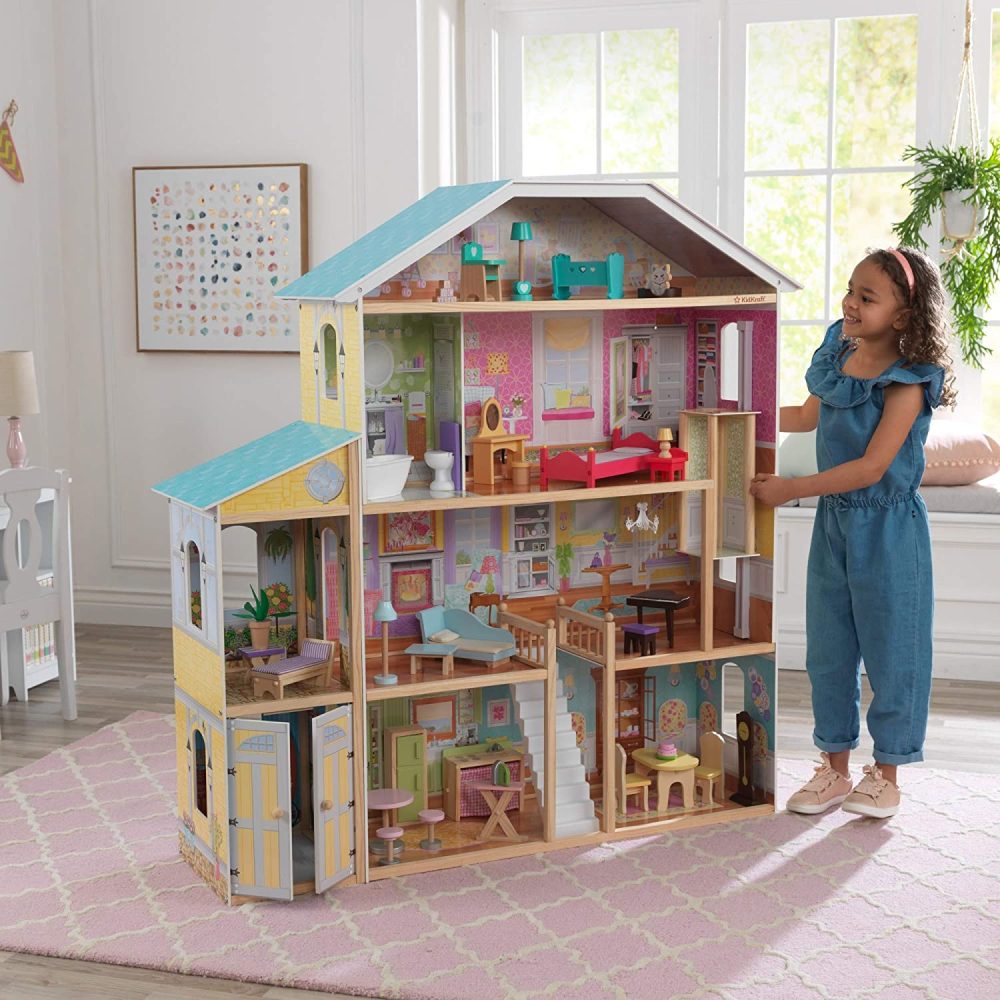
Features of Modern Toy Doll Houses
Today’s toy doll houses are marvels of creativity and innovation. They not only offer a delightful play experience but also reflect cutting-edge trends in design and functionality. When exploring the features of modern toy doll houses, a few key elements stand out:
- Realistic Details: Modern doll houses boast an impressive level of realism. From tiny appliances that mimic their real-life counterparts to miniature pieces of art adorning the walls, each detail is meticulously crafted.
- Interactive Elements: Many toy doll houses now feature parts that move or can be interacted with. Drawers that open, lights that turn on, and sounds that bring the miniature home to life enhance the playtime experience.
- Educational Themes: Current designs often incorporate educational themes. They might showcase different living environments or historic architectural styles, providing a learning opportunity for children.
- Personalization: Customization is a big draw. Kids can often change the colors, patterns, and even the layout of rooms, which encourages creativity and personal expression.
- Multifunctional Spaces: Modern doll houses recognize the importance of multifunctional areas, just like in real homes. Rooms may transform for various uses, emphasizing adaptable living spaces.
The advancement of toy doll houses shows no signs of slowing down. Each of these features contributes to the ongoing appeal of this classic playtime favorite, ensuring that toy doll houses remain beloved by children and collectors alike.
Eco-Friendly Materials in Doll House Construction
Sustainability is a major focus in today’s toy industry, and doll houses are no exception. Manufacturers are increasingly using eco-friendly materials for doll house construction, considering the environmental impact. Let’s delve into the kinds of sustainable materials making their way into the latest toy doll houses:
- Recycled Plastics: Many contemporary doll houses include components made from recycled plastics. This approach reduces waste and supports a circular economy.
- Wood from Sustainable Forests: Wood remains popular for its classic appeal and durability. Now, more toy makers ensure the wood comes from sustainably managed forests.
- Biodegradable Materials: Innovations in bioplastics mean doll houses can now be made from materials that break down naturally, posing less harm to the environment.
- Non-Toxic Paints: The paints and finishes used on eco-friendly doll houses are often non-toxic. They ensure safety for children as well as for the planet.
These materials are not only kinder to the earth but also encourage parents to make eco-conscious choices for their kids. Doll houses built with these materials also tend to last longer, adding value to the purchase. By choosing a toy doll house with sustainability in mind, the playtime fun becomes a learning opportunity—teaching kids about the environment and the importance of preserving it.
Integrating Technology into Toy Doll Houses
In the realm of toy doll houses, technology has introduced a new layer of enchantment. Contemporary models are increasingly incorporating tech features that augment the traditional play experience. Here’s how technology is revolutionizing these miniature homes:
- Smart Home Features: Imagine a doll house with working lights, doorbells, and even climate control. Smart technology integration allows children to experience the future of home automation on a smaller scale.
- Interactive Apps: Some toy doll houses can connect to apps, enabling kids to control aspects of the house or engage with interactive stories and games linked to the physical doll house environment.
- Sound and Music: High-tech doll houses can include built-in sound systems. These allow for playback of music or ambient sounds, which simulates real home life scenarios.
- Removable Electronic Devices: Tablets, phones, and screens designed for doll houses come with the ability to be slotted in and removed, mirroring the ubiquitous nature of technology in our lives.
The fusion of technology with toy doll houses not only captivates young minds but also mirrors the tech-savvy homes they are growing up in. This integration serves as both a reflection of present-day living and a link to future aspirations. For parents and gift-givers looking to combine creative play with educational value, today’s tech-enhanced toy doll houses are an exciting option.
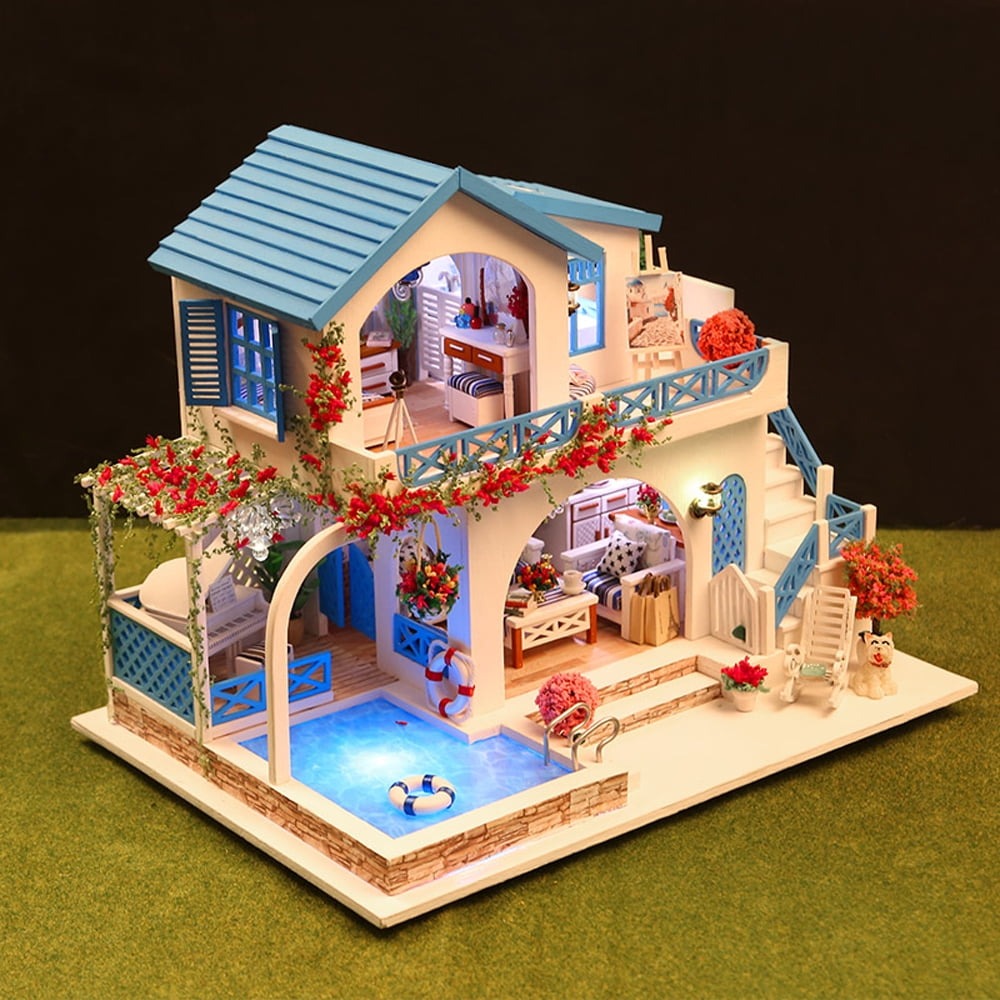
Top Toy Doll House Trends for 2024
Doll house design continues to evolve and the year 2024 brings fresh trends to watch. Here’s what’s capturing the interest of kids and collectors alike:
- Miniature Smart Homes: Leveraging the rise of home automation, these toy doll houses come with tech enhancements like working lights, sound effects, and even voice control.
- Bold Architectural Styles: From sleek modern designs to whimsical fairy-tale cottages, the range of styles reflects the diversity of today’s architecture.
- DIY Customization Kits: These kits allow children to personalize their toy doll house, painting walls and assembling furniture, fostering creativity and hand-eye coordination.
- Eco-Friendly Playsets: With an increased focus on sustainability, eco-friendly doll houses made from recycled materials are more prevalent.
- Multi-Level Mansions: We’re seeing taller and more elaborate multi-level doll houses, offering more room for play and exploration.
- Foldable & Portable Options: Perfect for small spaces, these innovative designs make storage and transport easier without compromising on detail or play potential.
- Cultural Representation: Including diverse cultural elements in doll houses, from traditional décor to holiday celebrations, represents the world’s rich cultural tapestry.
The industry’s dedication to innovation ensures that toy doll houses stay relevant and exciting. These trends capture the imagination, offering a blend of fun, learning, and environmental consciousness.
Educational Aspects of Doll House Play
Toy doll houses are more than just toys; they are tools for learning and development. Here are some key educational aspects of doll house play:
- Language Skills: As children narrate the lives of their doll house characters, they practice language development. They learn new words and storytelling techniques.
- Role-Playing: Doll houses encourage children to engage in role-playing. This helps them understand different perspectives and develop empathy.
- Problem-Solving: Setting up scenes and resolving character conflicts in doll house play hones problem-solving skills. Kids learn to think critically and make decisions.
- Creativity and Imagination: Designing and personalizing a toy doll house stimulates creativity. Children imagine scenarios and express ideas through the miniature world.
- Fine Motor Skills: Handling small objects and furniture pieces strengthens fine motor skills. It improves coordination and dexterity, important for writing and other tasks.
- Understanding of Daily Routines: As children mimic everyday life within a doll house, they gain a better understanding of daily routines and responsibilities.
- Social Skills: Sharing a doll house with friends or siblings teaches them about taking turns, cooperation, and communication.
- Cognitive Development: Doll house play often involves sorting, organizing, and planning. These activities support cognitive development in a fun and engaging way.
Embracing the educational benefits of doll houses can significantly contribute to a child’s overall growth. It’s a playful approach to learning that can support fundamental skills necessary for their future.
Space-Saving Doll House Solutions for Urban Homes
In urban homes, space is often at a premium. This challenge has led to innovative space-saving toy doll house designs. Here’s how designers are maximizing space without compromising the fun and educational value:
- Foldable Designs: Many doll houses now feature foldable parts. These allow for easy storage in small spaces. Simply fold and stow away when not in use.
- Wall-Mounted Options: Some doll houses can be fixed onto walls, converting vertical space into a play area. This keeps the floors clear and makes cleaning easier.
- Modular Pieces: Modular doll houses let children build up or sideways. You can tailor the setup based on the room’s layout.
- Multi-Purpose Furniture: Beds and sofas inside the doll houses often double as storage boxes. This feature cleverly hides toys and reduces clutter.
- Compact Multi-Level Designs: Designers are creating taller, rather than wider, doll houses. These offer multiple play levels without taking up floor space.
These space-saving solutions allow children in urban homes to enjoy expansive doll house play. They blend seamlessly into small living spaces while fostering creativity and practical problem-solving.
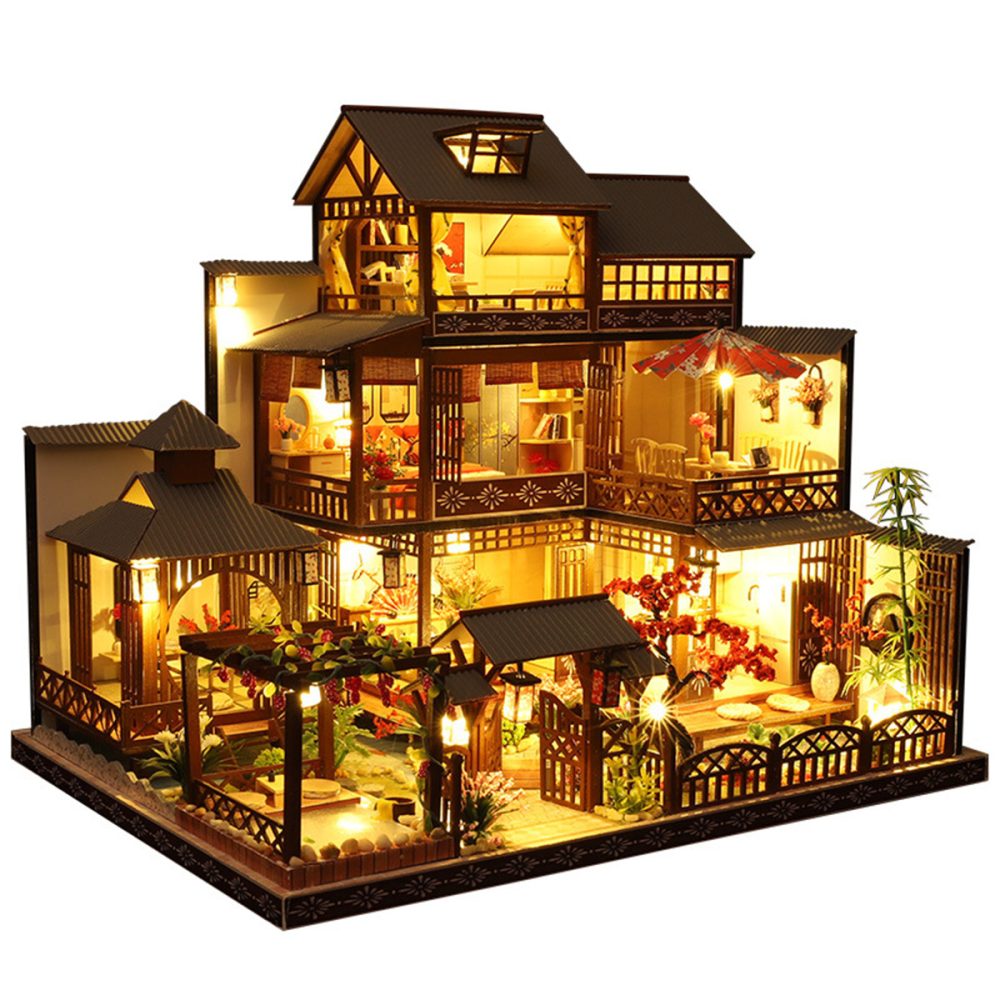
How to Choose the Perfect Doll House for Your Child
Choosing the right toy doll house for your child can be a significant decision. Here are some key factors to consider:
- Age Appropriateness: Select a doll house suitable for your child’s age. Younger children need sturdy, simple models with fewer small parts.
- Interests and Preferences: Consider what themes or styles your child enjoys. Whether it’s a fairy-tale castle or a modern mansion, the design should excite them.
- Safety: Ensure the doll house and its components are safe. Look for non-toxic materials and smooth edges.
- Size and Space: Pick a doll house that fits well in your available space. Foldable or modular designs are great for smaller rooms.
- Educational Value: Choose doll houses that offer educational benefits like role-playing or problem-solving activities.
- Durability: Opt for a doll house made from durable materials to withstand play over time.
- Expandability: Consider whether you can add to the doll house in the future. Modular sets are great for this.
- Budget: Set a budget before shopping and stick to it, looking for the best value within your range.
By considering these key points, you can choose a doll house that will delight and educate your child for years.
